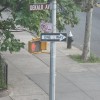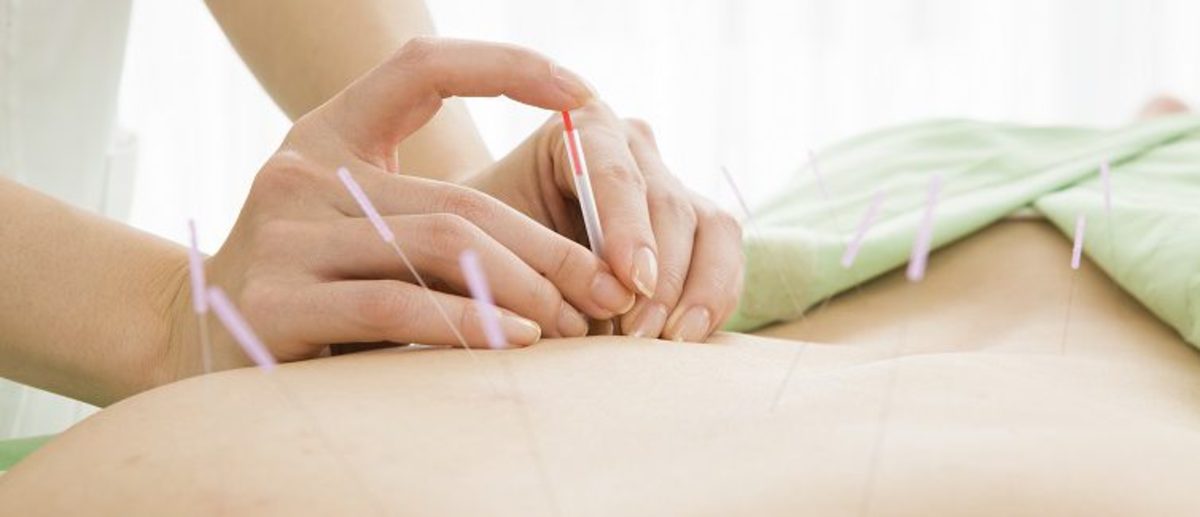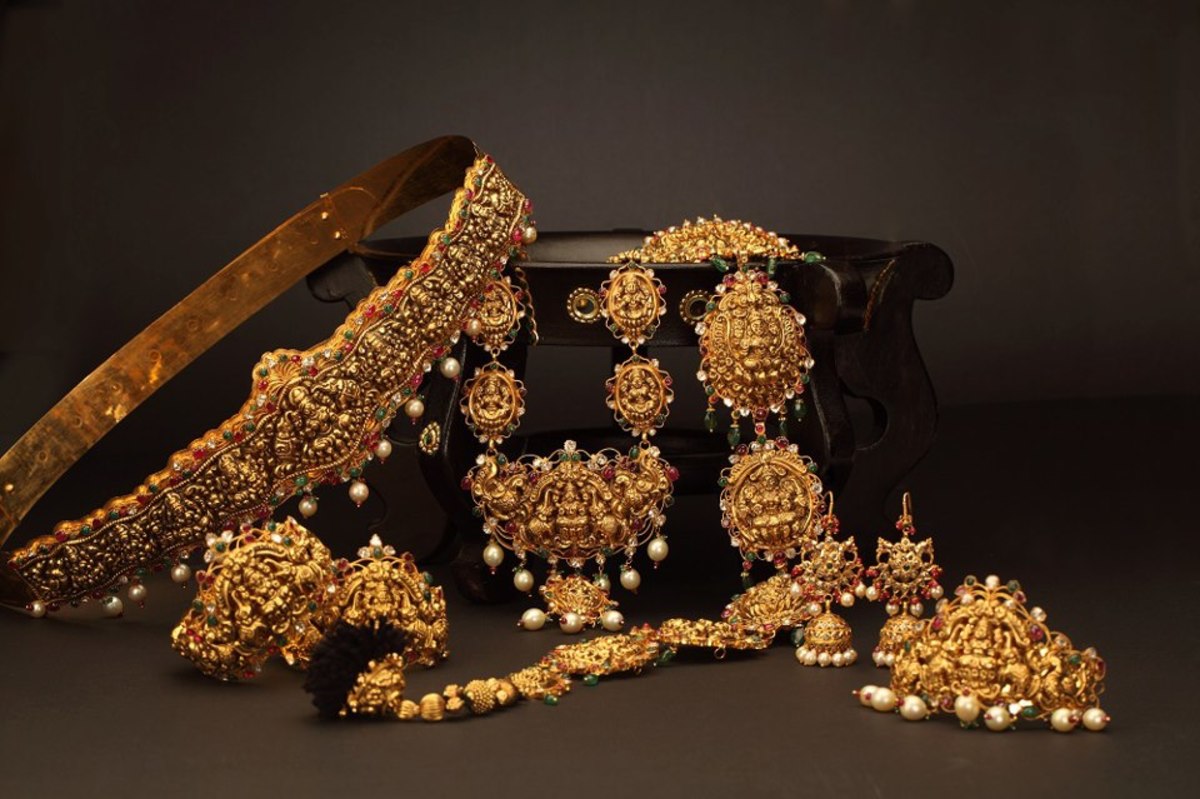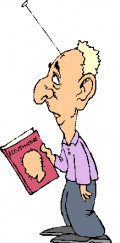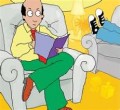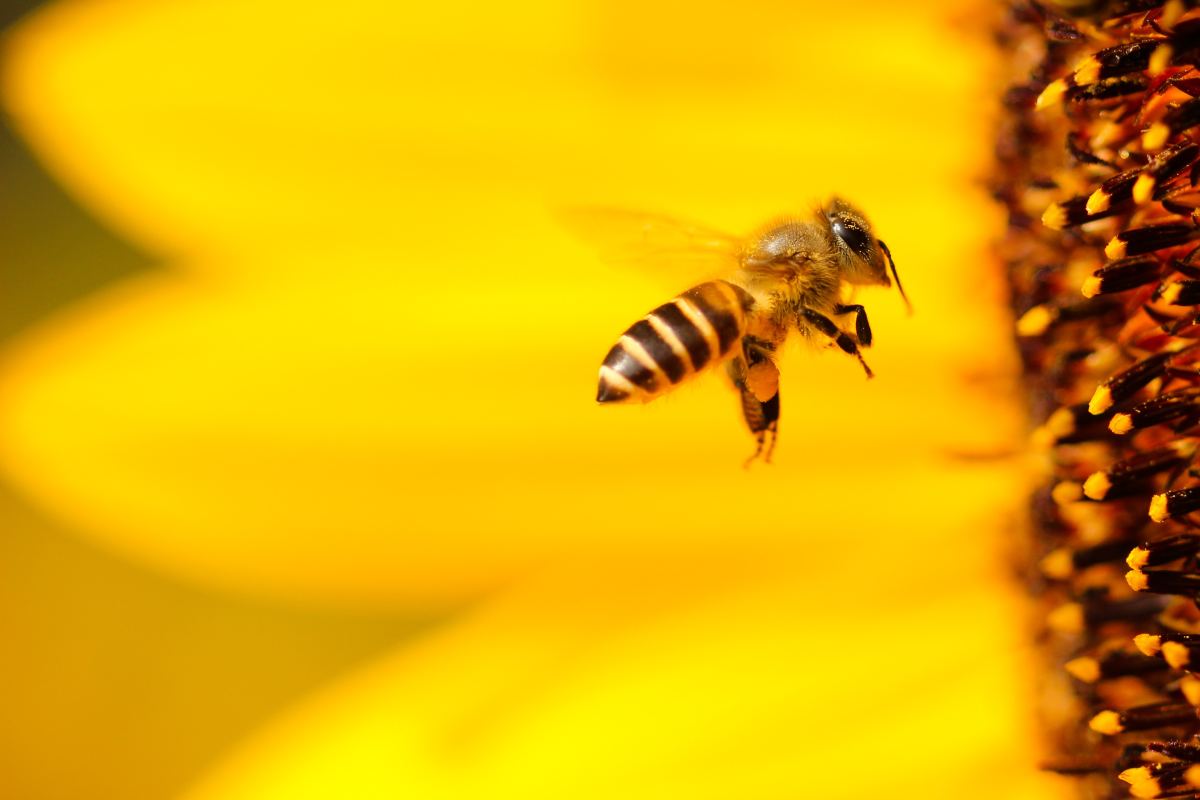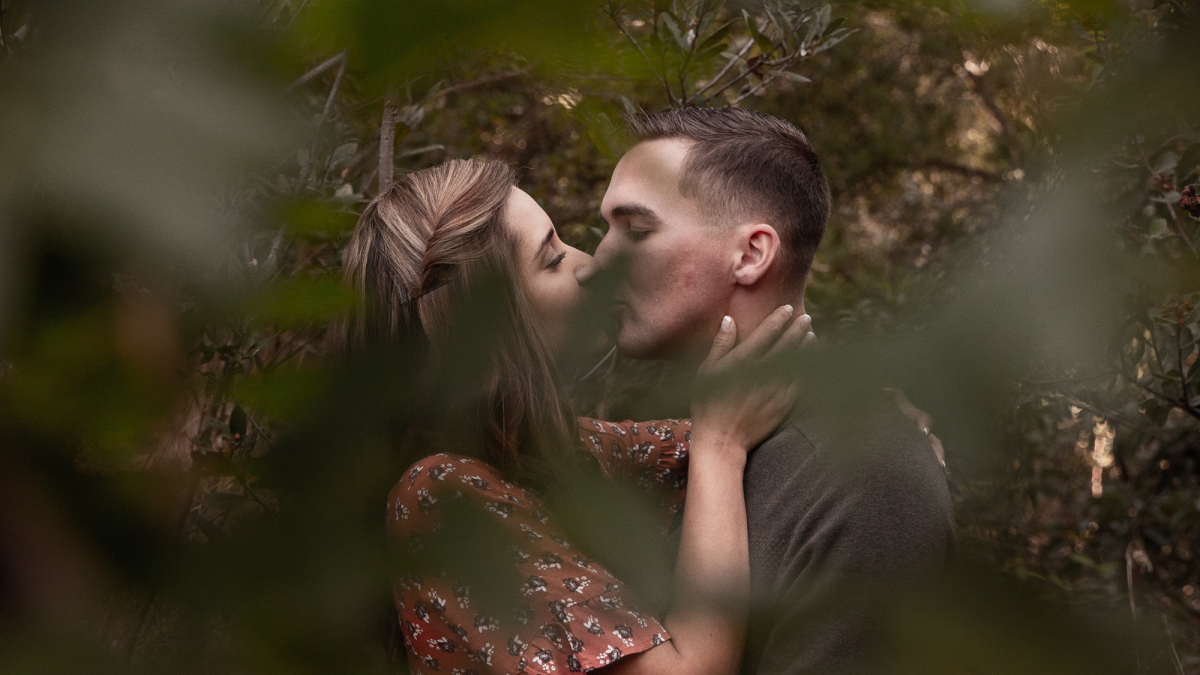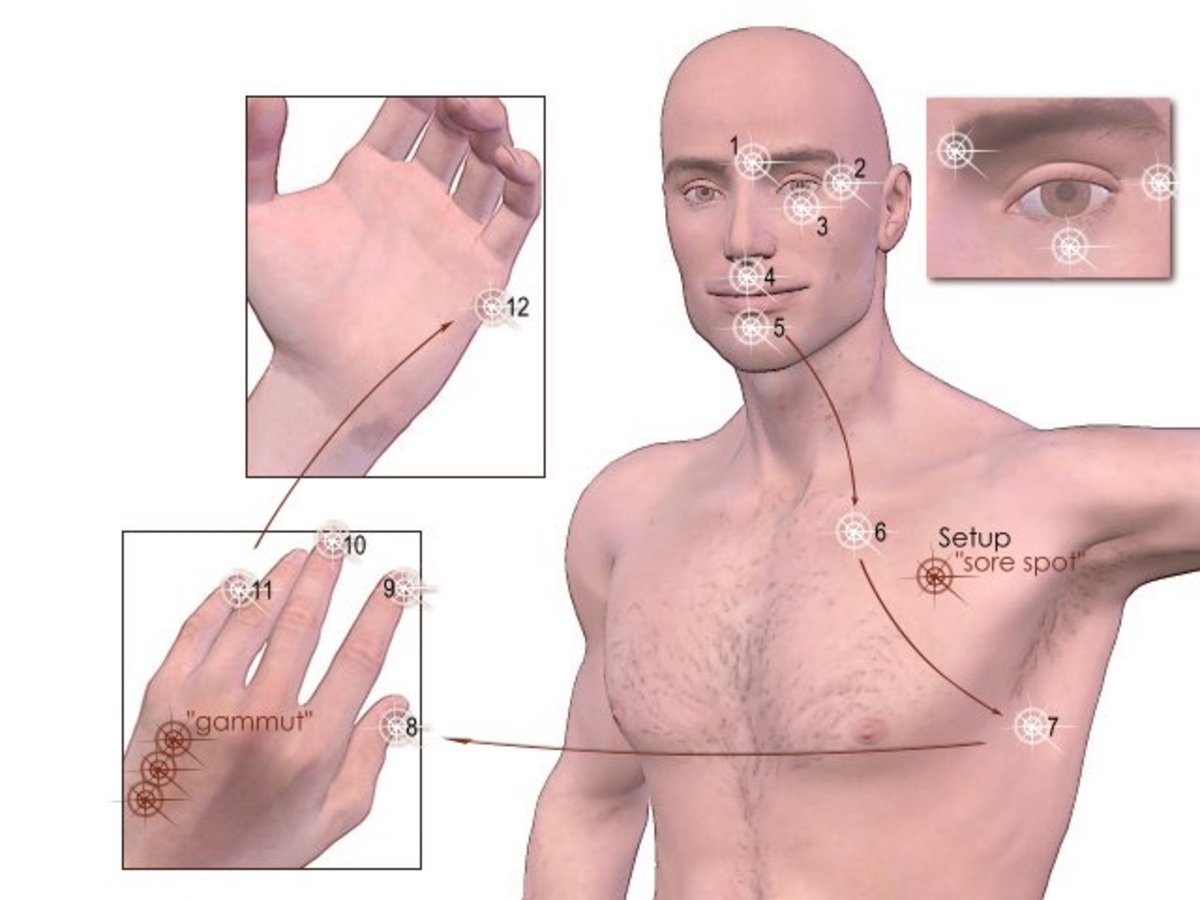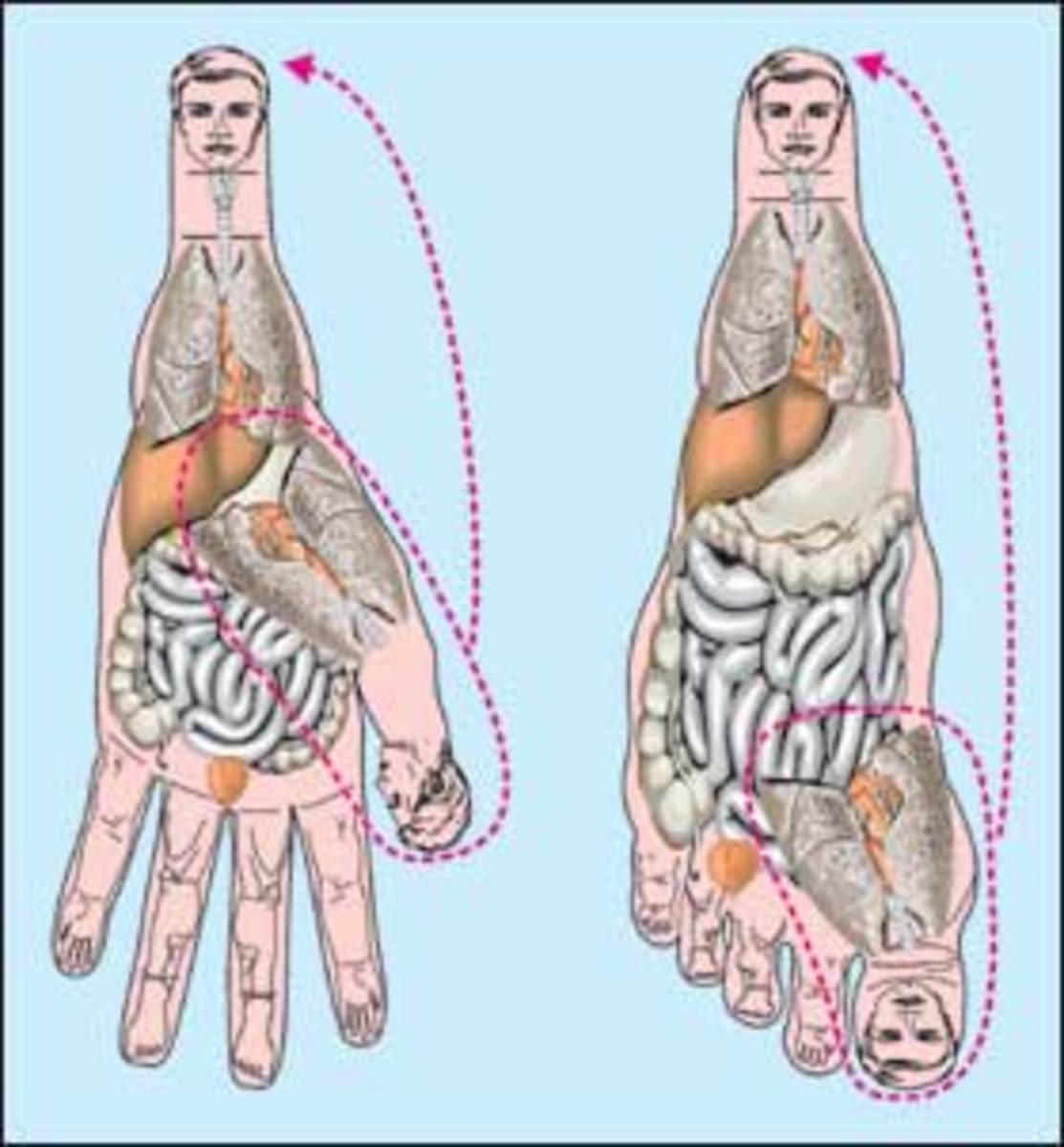Three Types of Acupuncture and Their Many Health Benefits
3 Types of Acupuncture
Although acupuncture, sometimes referred to as needling, originated in China over 2,500 years ago, other Eastern countries have altered the basic techniques to use to their benefit. In addition to China, Japan and Korea also use a variation of the basic technique.
In Japan finer needles are used and placed more shallowly than the technique used by Chinese acupuncturists. While living in S. Korea, I found that acupuncturists often work only on the hand. My acupuncturist used very tiny needles. (See link below for more detailed information about Korean hand acupuncture).
Note: Did you know there are veterinarians also using acupuncture? (See link below)
What is the principal behind acupuncture?
The principal behind acupuncture is that 12 meridians are in the human body that allow energy - or qi (chee) - to flow. When the meridians are out of balance or blocked, the results are pain and illness. To restore the body to its rightful balance an acupuncturist inserts needles at very specific points along the meridians and the tributaries.
Note: In Korean hand acupuncture it is believed that the hand can also have these strategic points.
But how do we know acupuncture works?
During my visit to Beijing where I went on a tour of a Traditional Chinese Medicine (TCM) hospital - there was also a museum dedicated to acupuncture. It was absolutely staggering the amount of information and training that went along with TCM including acupuncture. (See link below for my visit to the Beijing hospital and the amazing examinations).
While Western medicine has been hesitant to embrace acupuncture, it is the patients themselves who are demanding pain relief - and getting it from acupuncture. As a result more studies are being conducted again and again. Most recently, during a review of acupuncture at Beth Israel Hospital here in NYC, it was found that 20 benefits of acupuncture were scientifically established. Benefits include a boost to the immune system through the release of anti-inflammatories which in turn help healing along with reducing swelling, the release of pain killing endorphins along with an increase in the number of endorphin receptors in the brain.
My reason for opting for acupuncture is the lack of serious side effects. This is something the use of Western pain-killing pharmaceuticals cannot claim. What's important here is that many patients, through the use of acupuncture, are finding relief from a wide range of illnesses.
What are some of the health conditions acupuncture is used to treat?
Pain - Dozens of studies have shown acupuncture to be more effective than conventional medicine in the treatment of osteoarthritis of the knee, for the treatment of lower back pain and to treat migraine symptoms at least as well as conventional medications. I found with Korean hand acupuncture it eliminated pain I was feeling in my shoulder, but it also cleared up my right nasal passage which I did not realize was slightly blocked. We do get used to living with certain conditions and they just become normal.
Stress, Mild Depression, Anxiety - By releasing calming feel-good neurotransmitters like the endorphins and reducing cortisol - a stress hormone, acupuncture counteracts our fight or flight responses while easing sadness, and soothing tension and our nervous system. Additionally, acupuncture has been show to oxygenate the tissues, remove cortisol and improve blood circulation.
Menopausal Hot Flashes - A study showed that acupuncture can reduce hot flashes by 50 percent. As an added benefit - these results remain for three months after a final treatment. It is believed that acupuncture regulates the part of the nervous system that controls blood vessel diameter which in turn has an effect on heart rate, blood vessel dilation and blood pressure - this would prevent the body from overheating.
Side Effects of Chemotherapy - Studies have also shown acupuncture to be beneficial in reducing the side effects of chemo treatment by relieving pain and nausea as well as neurological symptoms including tingling skin and dizziness. Additional benefits include a reduction in ongoing pain, depression, fatigue and an improvement in a weakened immune system.
Additional Uses Include:
- an improvement in digestive problems such as nausea and vomiting, as a treatment for reflux, as well as backache pain.
Why do we fear acupuncture?
It's the thought of needles. The first time I had acupuncture, I figured if I didn't look it would not be painful. In fact the anticipation made it much worse. So I decided to look and that actually became quite fascinating. I thought "You mean I can be pain free and not have to worry about liver damage from the use of acetaminophen?" If you fear needles, you may want to try the Korean acupuncture which is only in the hand. My acupuncturist even taped a very tiny needle to part of my hand - this I wore home. When I had acupuncture that included my feet the needles did not bother me at all.
What should I expect?
How it works is that the thin flexible needles (about one and a half inches, and much tinier for the Korean hand acupuncture) are inserted at certain points, then two twists and a tap for stimulation and the needle is pulled out. Some acupuncturists may leave needles in longer. It depends on your health conditions and various techniques. My hand acupuncturists let the needles stay in for a bit - and we drank some cherry tea.
What qualifications should I look for in an acupuncturist?
Your acupuncturist should have a state license. Requirements vary in each state, but should include 2,000 to 3,000 hours of training, usually as part of a master's degree program. A series of written exams is required at the more than 65 accredited acupuncture schools in the US.
Note: A doctor who is an acupuncturist does not have to have this state license, but is required by the American Board of Medical Acupuncture to have a total of 300 hours of training, 2 years of practice and successfully passing a required exam.
Specialty Areas:
Many acupuncturists have areas of expertise such as neurology, pain management and orthopedics. Be sure to know if your acupuncturists prefers to work in a specific area for best results.
Costs and Treatment Seesions:
Sessions are usually an hour long and can costs between $50 to over $100. Depending on your condition you may need two or three treatments per week for several weeks.
See links below for more information about Korean acupuncture, my visit to a TCM clinic in Beijing, as well as a wide range of other alternative therapies.

About Korean Acupuncture, TCM and Pet Care
- About Korean Hand Therapy
When I lived in S. Korea, I was introduced to Korean Hand Therapy (KHT). I'm happy to say that it did work. - My Visit to a TCM (Traditional Chinese Medicine) Doc...
There were 10 of us in Beijing who went to see four TCM doctors. Each absolutely accurate exam was done with a doctor looking at our tongue and putting his fingers to our pulse. There was no need for x-rays or blood tests. One man was even stunned th - Acupuncture for Cats and Dogs
Acupuncture is now a treatment option for our cats and dogs. This ancient alternative health care choice is offered along with herbal medicine.
Ready For Acupuncture?
Do You Think You Will Try a Form of Acupuncture?
Alternative Medical Practices
- What is Humor Therapy?
Laughter is so important to good health that there is even a - A List of Uncommon Alternative Medical Practices
Taking back control of our health means looking into alternative medical treatments, and there are many. Some are ancient and some relatively new. The more you know, the more options you have. - 10 More Uncommon Alternative Medical Practices
If you'd like choices when it comes to medical practices, there are 10 you may want to become familiar with.
